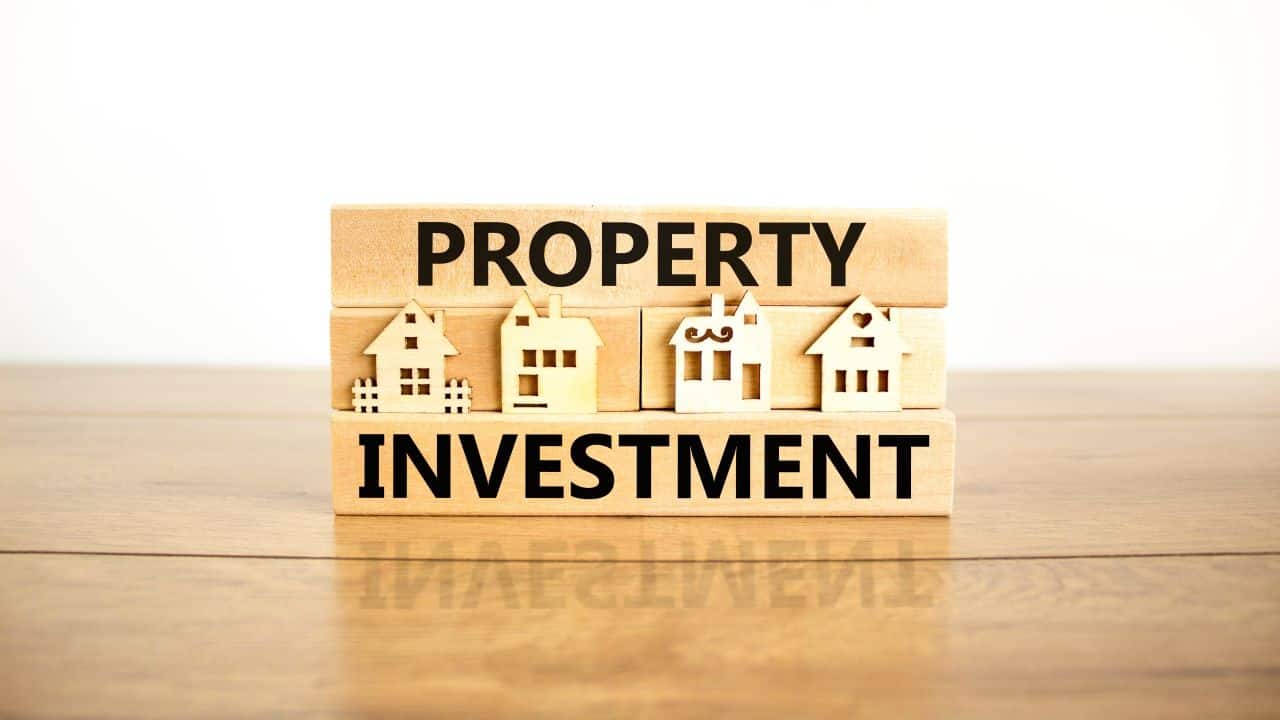
Despite a subdued start to 2025 UK property investment showed signs of resilience, with the office sector delivering its best quarterly performance in almost two years according to Lambert Smith Hampton.
Reflecting a tougher financial and economic landscape entering the New Year, total Q1 transaction volume reached £9.3bn.
While this represents a 35% decline on Q4 2024’s two-and-a-half-year high, and the lowest quarterly total since Q3 2023, the broader picture remains more nuanced.
The sharp drop in volume was primarily due to a reduction in large-scale transactions. Only six deals exceeded £200m in Q1, compared to 13 in the previous quarter.
However, Blackstone’s landmark £1bn acquisition of the Arch Co portfolio from TT Group marked the largest UK deal since Q2 2022 and accounted for a significant 11% of the total quarterly volume.
Encouragingly, deal activity held up relatively well. The number of transactions was down just 16% quarter-on-quarter and aligned exactly with the five-year average, suggesting investors remain engaged, particularly at the mid-market level.
This was most evident in the retail sector: while total retail volume halved to £1.8bn, the number of transactions fell by just 10%.
Within retail, the shops segment stood out, bolstered by Norges Bank’s 25% share purchase in a high-profile Covent Garden and Mayfair portfolio from Shaftesbury Capital and Grosvenor. The retail component alone represented £460m of the deal.
After a record low volume in 2024, the office sector rebounded in Q1, up 10% quarter-on-quarter to £2.4bn. Central London led the recovery with £1.8bn of volume, including six deals over £100m.
Notably, Middle Eastern investor Modon acquired a 50% stake in the 2 Finsbury Avenue development (EC2) for £200m, joining British Land and GIC in a wider JV.
Conversely, the living sector, long a mainstay in driving UK volume, acted as the biggest drag on the Q1 total, halving to £2.3bn, the lowest in two years.
This too reflected a lack of large-scale deals, with Q1 seeing no transactions above £200m for the first time since late 2022. Momentum in the Build to Rent (BTR) space remained strong, however, with £1.1bn transacted, 90% of which was in multi-family schemes—supported by several significant forward funding deals.
Overseas investment remained robust, with £5.1bn flowing into UK property, accounting for 56% of total Q1 volume. Net overseas investment hit a five-year high of £3.8bn, supported by unusually low sales. As usual, North American capital led the charge, accounting for 50% of inbound volume, while European investment surged to a record 34% share, totalling £1.7bn.
In contrast, domestic institutional investment remained subdued. UK institutions invested just £623m, the lowest since the aftermath of the GFC, while quoted property companies also remained largely on the sidelines.
Private property companies bucked the trend somewhat, deploying £2.8bn—13% above the five-year average—as they sought to capitalise on pricing dislocations.
On pricing, despite New Year bond market turbulence, prime yields remained broadly stable. The average cross-sector prime yield hardened marginally to 5.72% (up 3bps), while the All Property transaction yield edged down by 5bps, reflecting a relatively balanced pricing environment.
Ezra Nahome, chief executive of Lambert Smith Hampton, comments: “While Q1 clearly reflects a more cautious tone in the market, it would be wrong to equate that with inactivity. Yes, we’ve seen a pullback from large-scale deals and more caution from institutions, but there’s still a healthy depth of activity, particularly from more agile, opportunity-focused investors.
“In recent weeks, US-backed investors—typically a key driver of UK volumes—have put their foot on the ball. This is a direct response to tariff-driven turbulence and broader geopolitical uncertainty. The flip-flopping narrative makes it difficult for US capital to commit with conviction in the near term.
“However, volatility can also bring opportunity. The recent instability across global financial markets is likely to reinforce the appeal of real estate as a stable, income-generating asset class. And, with growing expectations of accelerated rate cuts, we’re already seeing improvements in debt pricing. This could well create a more favourable environment for a mid-year rebound in sentiment and activity.”
Please visit:
Our Sponsor
